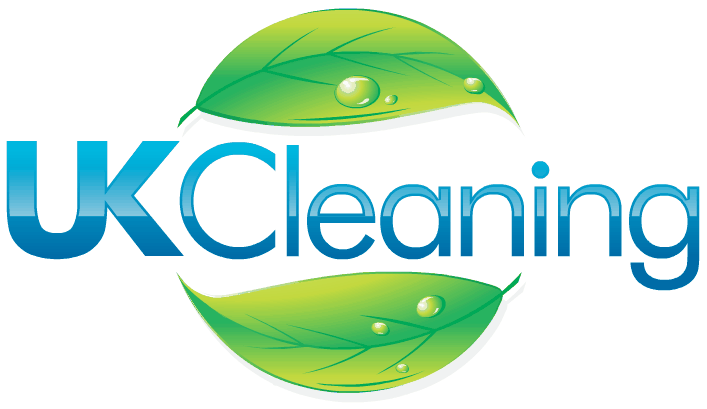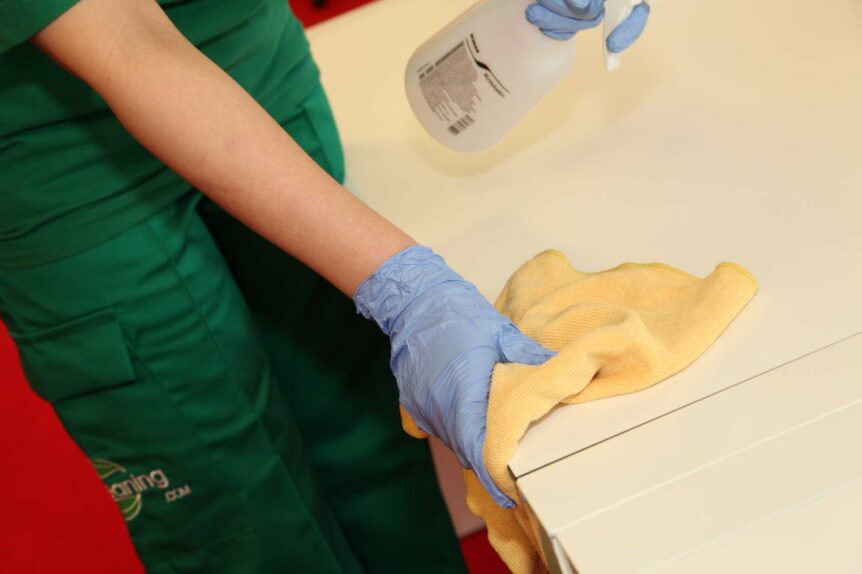Deadly Desks and Bacteria Ridden Break Rooms – Dishing The Dirt On Office Hygiene
Unseen dirt is a haven for bacteria and viruses that cause sickness. You may not suspect just how much of it lurks in the average office space. You come to work – a place where you likely spend one-third of your life – you type on the keyboard, answer the phone, use the photocopier, shake hands with customers, open doors for colleagues and perhaps use the lift a few times in the average work day. Lunch – likely stored in the fridge – is then heated in the break-room microwave and perhaps eaten at your desk. Every surface you interact with holds the potential for carrying health robbing grime and germs.
If you are fortunate, your place of work will have hired a responsible and reliable office cleaning company. Sadly, this is not a priority in every workplace and it costs the UK economy billions of pounds annually in staff sick days.
During a typical day at the office, think about every surface you touch and then how many times your hands go to your mouth, your nose, or your eyes (research shows anywhere between 3 to 18 times per hour). There are a host of unseen threats living on everyday office items which are transmitted into the body via the aforementioned vessels.
The NHS suggests that germs can live for weeks on hard surfaces, all the while growing and dividing every 20 minutes. One single bacterium can multiply into more than 8 million cells within 24 hours. This means that office desks, computer keyboards, door handles and kitchen/break-room spaces, are potential breeding grounds for bacteria that may cause headaches, breathing and skin problems, depleted energy levels and viruses.
Check out this low-down on office dirt:
Filth Facts – Health harming hotspots in your office:
Phones
• Fecal matter (aka, poo) was found on office phones swabbed by scientists from the university of London. The bacteria E. coli, is fecal in origin and can survive on hands and office surfaces for hours.
Break room
• 75% of tap handles in office break rooms are considered a serious risk of germ transmission.
• Microwave door handles and vending machine buttons are amongst the germiest places in the office.
• Mold spores and microbes (germs) lurk inside the fridge as well as on its handles.
Keyboards
• Host 70% more bacteria than the average toilet seat.
Desks
• You would never consider eating lunch in the loo, yet you may be surprised to learn that your desk contains 400 times more bacteria than a toilet seat. The average desk has up to 10 million bacteria.
• The area on your desk where you typically rest your hands hosts up to 10,000 bacteria.
Water dispensers
• Research by Kimberly-Clark Corporation demonstrated that nearly a quarter of all water dispenser buttons pose a serious risk of illness transmission.
Carpets
• Although many offices no longer have carpets, if yours does, be aware that if they are not vacuumed regularly they are a repository for skin and hair cells, food crumbs and bugs. In addition, the soiled soles of shoes track in dirt and bacteria from outdoors.
Before you don a hazmat suit for work, bear in mind that there are easier ways to avoid infection at the office that don’t involve you having to clean up at the end of a busy and tiring work day. Hiring a reliable office cleaning company to deal with dirty desks and other hygiene hazards will take care of unseen invaders, so that what is seen – your presence and productivity – can shine.

